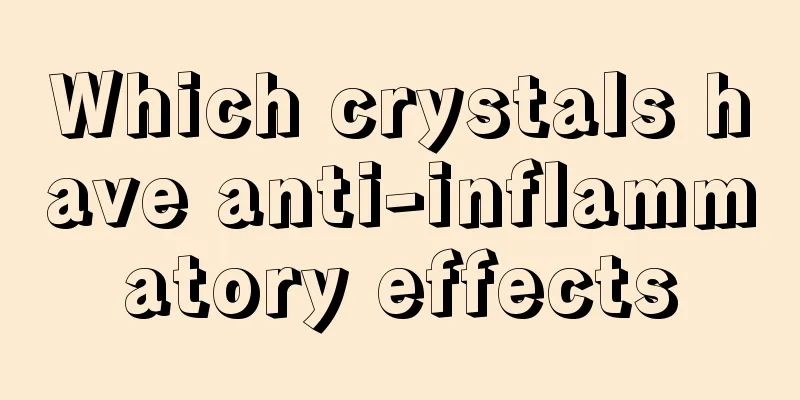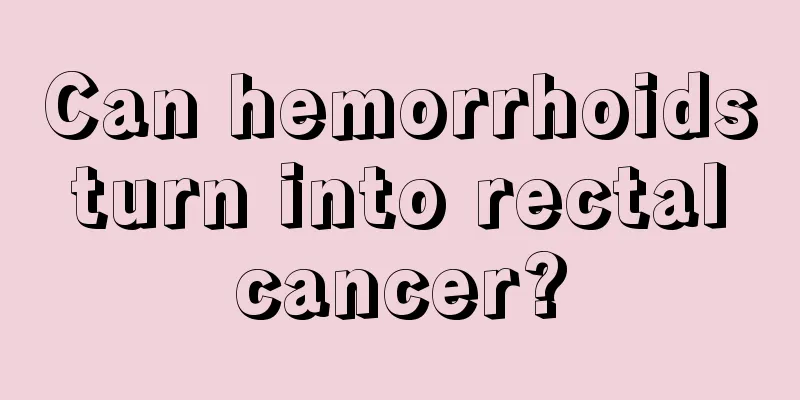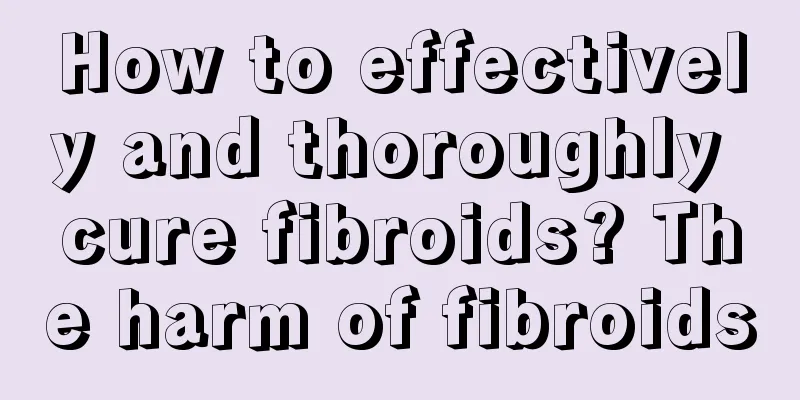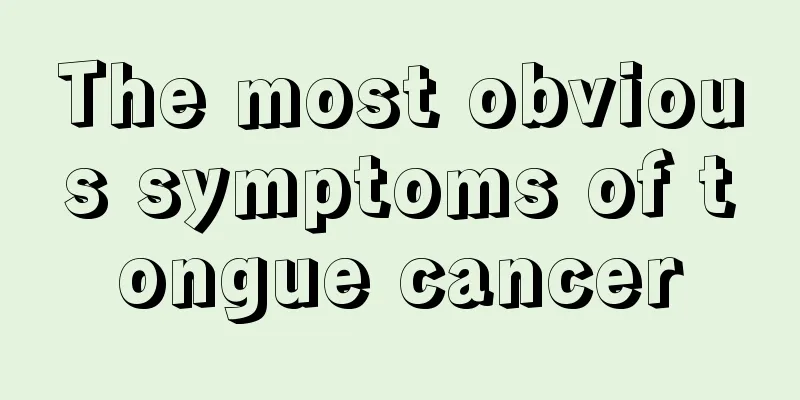How to treat thyroid nodules? It turns out there are these 5 types

|
Thyroid nodules are a relatively common disease nowadays and are very harmful to human health. Therefore, we must ensure early detection and early treatment. In fact, the treatment of thyroid nodules is divided into five types according to the different conditions of the nodules. The first type is the treatment for solid single nodules. 1. Solid single nodule If a solitary thyroid nodule appears to be a hot nodule on radionuclide scanning, the possibility of canceration is low, and thyroid suppression therapy or radionuclide therapy can be tried first. Cold nodules often require surgical treatment. Any single nodule that develops rapidly and has a hard texture, or is accompanied by enlarged cervical lymph nodes or occurs in children, should be treated with surgery as soon as possible because of the high possibility of malignancy. 2. Multinodular goiter (MNG) Traditionally, it is believed that the chance of MNG developing cancer is lower than that of a single nodule. High-resolution ultrasound examinations have revealed that many of the nodules diagnosed as single nodules are actually multiple nodules. It is now believed that there is not much difference in the incidence of cancer between the two. Therefore, the treatment of MNG must first exclude malignancy. A decrease in sTSH indicates hyperthyroidism. If the FNA cytology diagnosis is malignant or suspected of being malignant, surgical treatment should be given. 3. Cysts are benign or malignant degenerative Malignant transformation can form cysts; pure thyroid cysts are rare, and any persistent or recurrent mixed masses should be removed. 4. Intangible nodules In recent years, due to the development of B-ultrasound, CT, and MRI, small, impalpable thyroid nodules may be unexpectedly discovered during other examinations. This situation is more common in the elderly, who generally have no history of thyroid disease, no thyroid nodules, and no risk factors for thyroid cancer. If the nodule is smaller than 1.5 cm, only follow-up observation is required. If the nodule is larger than 1.5 cm, FNA can be performed under ultrasound guidance, and then further treatment can be performed based on the cytology results. 5. Radiating nodules People who receive radiation therapy to the head and neck are prone to thyroid cancer, which can occur as early as 5 years after radiation and as late as 30 years. Patients who develop thyroid nodules after radiotherapy to the head and neck should undergo FNA for confirmation. When you have thyroid nodules, you should remain calm and go to the hospital for medical treatment in time. It is best not to leave it alone because there are certain risks. If it is benign, you can choose drug treatment, which is simple and convenient; if it is malignant, don't panic, it can still be cured after surgery, and the doctor will treat it according to the condition. |
<<: Is it okay to leave thyroid nodules untreated? The complications are very serious
>>: The symptoms of varicose veins in the ankles are like this
Recommend
Is pain in the ribs a sign of liver cancer? Don’t necessarily pay attention to these points
Costochondritis, also known as anterior chest wal...
Can testicular cancer heal itself? What are the treatments for testicular cancer?
Testicular cancer cannot heal itself. The main tr...
A brief analysis of the early symptoms of laryngeal cancer
What are the early symptoms of laryngeal cancer? ...
What are the effects, functions and contraindications of American ginseng?
American ginseng has a relatively high tonic and ...
Scarves are actually a kind of traditional Chinese medicine, but 99% of people don’t know it!
If I ask you, what is a scarf for? 99% of people ...
Biochemical recurrence criteria for prostate cancer
What are the criteria for biochemical recurrence ...
What medicine is good for detoxification
If the toxins in the body cannot be discharged in...
There are many little red spots on the soles of my feet
The growth of many small red spots on the body is...
Things to note when doing aerobics
Aerobics is women's favorite. When doing aero...
Can talcum powder be used on private parts?
The talcum powder that people often talk about is...
What to do if your hands burn from cutting peppers
I believe that many people who cook frequently ha...
What are the causes of prostate cancer
Prostate cancer is a malignant tumor that occurs ...
What are the surgeries for gastric cancer?
There are no specific types of surgeries for gast...
How to classify uterine cancer
Uterine cancer is a fatal blow to women. After su...
What will cause sugar to explode
In some TV programs, we found that if certain sub...









